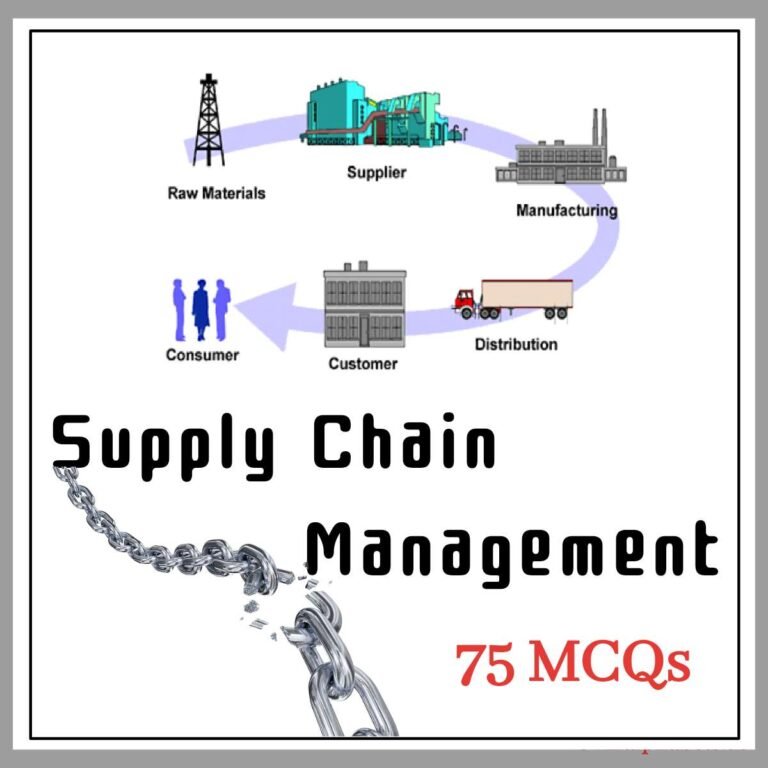What are the modes of transaction available in logistics.
Logistics is not just about moving goods from one place to another — it’s also about managing payments and transactions efficiently.
In today’s competitive supply chain environment, businesses use different modes of transaction to ensure smooth, timely, and transparent financial operations.
These modes can be physical, digital, or hybrid, depending on the nature of the transaction, geographical location, and the agreements between parties.

In this article, we will explore the different transaction modes in logistics, their advantages, limitations, and best use cases.
Modes of transaction available in logistics
1. Cash Transactions
Cash transactions are the most traditional method where payment is made in physical currency. It is still common in small-scale logistics operations or in regions with limited banking infrastructure.
Advantages:
- Instant payment without waiting for bank clearance.
- No dependency on technology or internet connectivity.
- Simple and widely accepted.
Limitations:
- Risk of theft and security concerns.
- No automated record-keeping.
- Limited to smaller transactions.
Best Use Case:
Local deliveries, small trucking companies, or rural supply chains where digital infrastructure is weak.
2. Cheque Transactions
Cheques are paper-based payment instruments where money is transferred from the payer’s bank account to the receiver’s account after bank processing.
Advantages:
- Provides a written record of the transaction.
- Can handle large amounts safely.
- Useful for post-dated payments.
Limitations:
- Processing time (2–3 days).
- Risk of cheque bounce.
- Declining usage in the digital era.
Best Use Case:
Formal agreements between suppliers and distributors for bulk shipments.
3. Credit Transactions
In credit transactions, the buyer receives goods immediately but pays later as per agreed terms (e.g., 15, 30, or 60 days).
Advantages:
- Encourages long-term business relationships.
- Helps businesses manage cash flow.
- Reduces upfront payment burden.
Limitations:
- Risk of delayed payment or defaults.
- Requires strict credit evaluation.
- May involve interest charges.
Best Use Case:
Large-scale B2B supply chains where trust and repeated business exist.
4. Bank Transfer (NEFT, RTGS, IMPS)
Direct bank-to-bank transfers through electronic banking systems.
Advantages:
- Safe, fast, and traceable.
- No need for physical handling of cash.
- Suitable for domestic and international transactions.
Limitations:
- Requires both parties to have bank accounts.
- Dependent on banking hours for NEFT/RTGS.
- May involve bank charges.
Best Use Case:
Medium to large logistics companies dealing with multiple clients and vendors.
5. Demand Draft (DD) Transactions
A pre-paid negotiable instrument issued by a bank ensuring guaranteed payment.
Advantages:
- Eliminates the risk of cheque bounce.
- Accepted widely in formal trade.
- Safe for long-distance payments.
Limitations:
- Requires physical collection from bank.
- Time-consuming to issue.
- Less flexibility compared to online methods.
Best Use Case:
International freight forwarding, large contractual shipments.
6. Letter of Credit (LC)
A guarantee from a bank that the seller will receive payment once the delivery conditions are met.
Advantages:
- Reduces risk for both buyer and seller.
- Useful for international trade.
- Legally binding.
Limitations:
- Requires detailed documentation.
- High banking fees.
- Complex to process.
Best Use Case:
Cross-border shipping and export-import transactions.
7. Online Payment Gateways
Payments made using services like PayPal, Razorpay, Stripe, etc.
Advantages:
- Fast and convenient.
- Works for domestic and global transactions.
- Provides instant payment confirmation.
Limitations:
- Transaction fees apply.
- Internet dependency.
- Not all clients may have access.
Best Use Case:
Small and mid-sized logistics businesses with tech-savvy clients.
8. Mobile Wallets & UPI Payments
Digital wallets and UPI (Unified Payments Interface) like Google Pay, PhonePe, Paytm.
Advantages:
- Instant transfer 24/7.
- Low or zero transaction cost.
- Easy to use on smartphones.
Limitations:
- Limited for high-value transactions (as per RBI limits).
- Internet required.
- Security risks if devices are compromised.
Best Use Case:
Local courier services, last-mile delivery payments.
9. COD (Cash on Delivery) with Logistics Partner
The logistics provider collects payment from the buyer upon delivery and transfers it to the seller.
Advantages:
- Encourages sales from customers who prefer paying after receiving goods.
- Reduces online fraud fears.
- Flexible for customers.
Limitations:
- Cash handling costs.
- Payment delays.
- Higher return rates.
Best Use Case:
E-commerce and retail delivery services.
10. Hybrid Transactions
Combination of different modes — for example, part payment online and balance in cash.
Advantages:
- Flexible for both parties.
- Spreads risk across multiple payment methods.
- Can be customized per deal.
Limitations:
- Requires detailed tracking.
- Potential confusion if records are not maintained properly.
Best Use Case:
Custom logistics agreements, mixed client bases.
Sales and Distribution Management MCQs
Conclusion
The modes of transaction in logistics vary widely depending on business size, nature of goods, location, and technology adoption. In modern logistics, digital payments like bank transfers, online gateways, and UPI are gaining popularity due to speed and security.
However, traditional methods like cash, cheques, and letters of credit still play a significant role in specific sectors.
For a smooth supply chain, companies should adopt multiple payment modes to cater to different clients and scenarios, ensuring flexibility and reliability.


